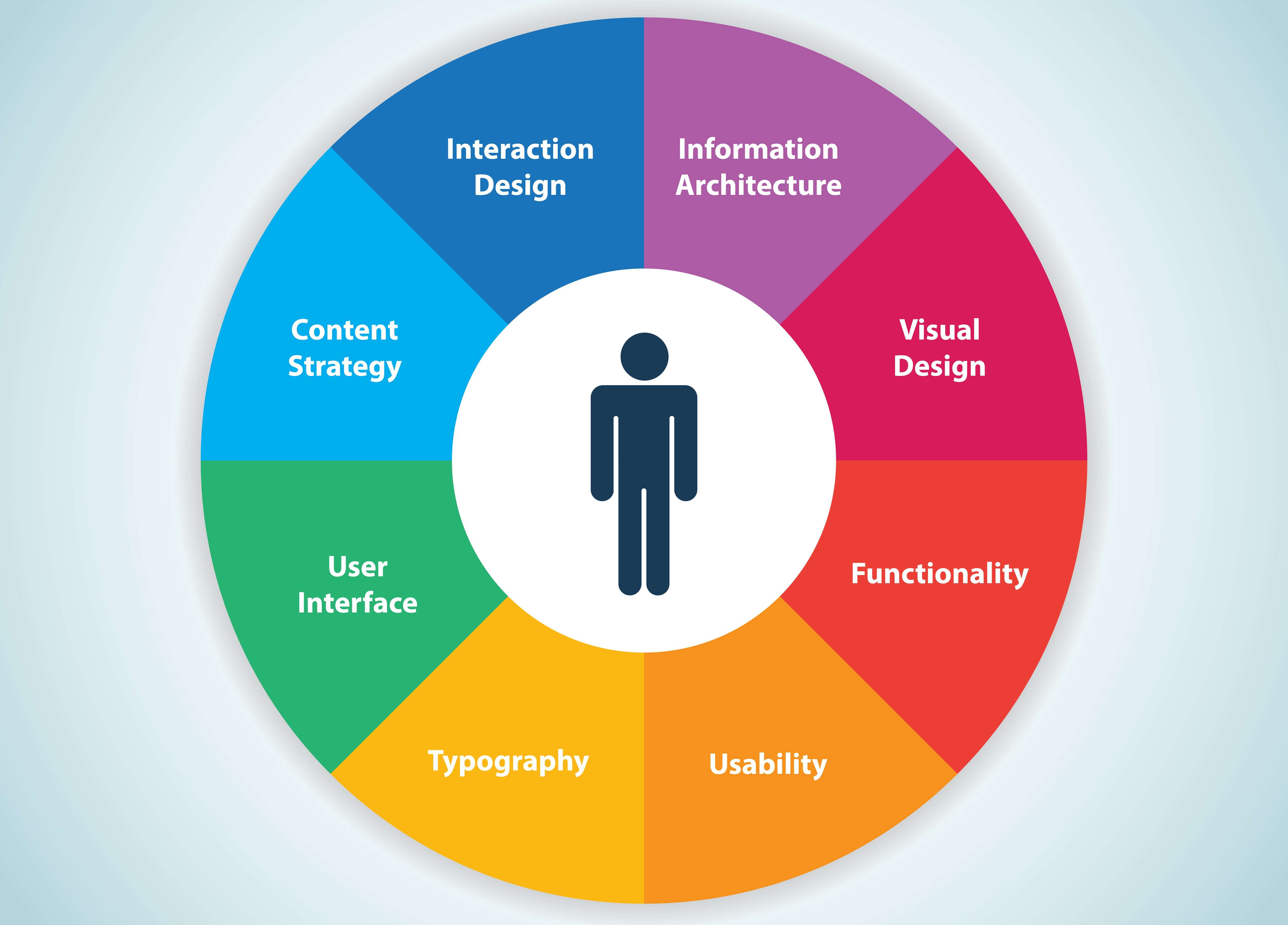
Design Innovations Reinvent User ExperiencesDesign Innovations Reinvent User Experiences In the fast-paced digital landscape, user experiences (UX) play a pivotal role in determining the success and adoption of products and services. Design innovation has emerged as a transformative force, revolutionizing the way we interact with technology and enhancing user satisfaction. Immersive Interfaces Virtual and augmented reality have enabled designers to create immersive digital environments that blur the lines between the real and virtual worlds. Headsets and haptic feedback provide users with visceral experiences, allowing them to engage with content in a more natural and interactive manner. Adaptive Interfaces Artificial intelligence and machine learning algorithms are being leveraged to create adaptive interfaces that respond to user preferences and behaviors. These interfaces can adjust layouts, font sizes, and even language based on individual needs, providing a tailored experience for each user. Voice and Gesture Control Voice assistants and gesture recognition technologies have simplified user interactions. By eliminating the need for physical buttons and keyboards, users can navigate devices and complete tasks with a more natural and intuitive approach. Data-Driven Design Analytics and data visualization tools provide designers with deep insights into user behavior. By analyzing metrics such as time on site, engagement, and conversion rates, designers can identify areas for improvement and optimize UX. User-Centered Design Design thinking methodologies have shifted the focus from technology-centric solutions to user-centered approaches. Designers now actively involve users in the design process, gathering feedback and testing prototypes to ensure that products meet real needs. The Impact of Design Innovation on UX These design innovations have had a profound impact on user experiences: * Increased Engagement: Immersive interfaces and adaptive designs capture users’ attention and create a more engaging experience. * Improved Accessibility: Voice control and gesture recognition make products more accessible to users with disabilities and varying needs. * Personalized Experiences: Data-driven design and user-centered approaches ensure that experiences are tailored to individual preferences. * Seamless Interactions: Adaptive interfaces and voice assistants eliminate friction points and make interactions more intuitive and efficient. * Enhanced Customer Satisfaction: By addressing user pain points and meeting their expectations, design innovations lead to increased customer satisfaction and loyalty. Conclusion: Design innovations are transforming user experiences, making them more immersive, adaptive, and personalized. By embracing data-driven design, user-centered approaches, and advanced technologies, designers are creating products and services that meet the evolving needs of today’s digital consumers. As technology continues to advance, we can expect even more groundbreaking innovations that will redefine the way we interact with the digital world.
Posted inNews